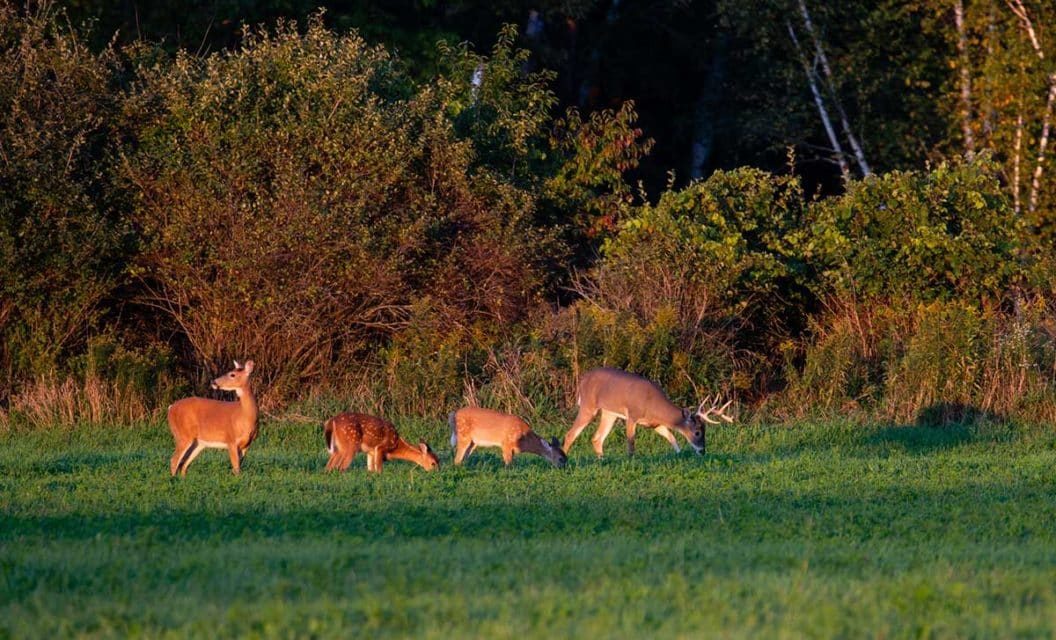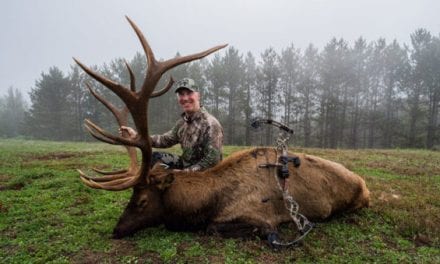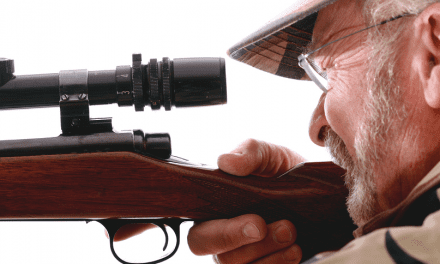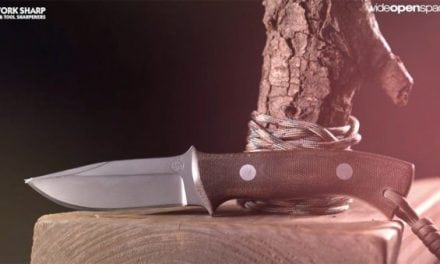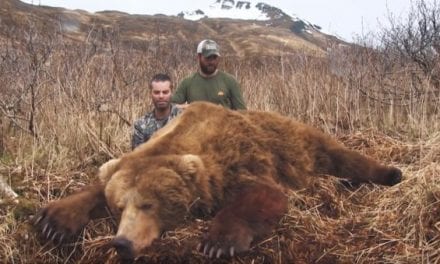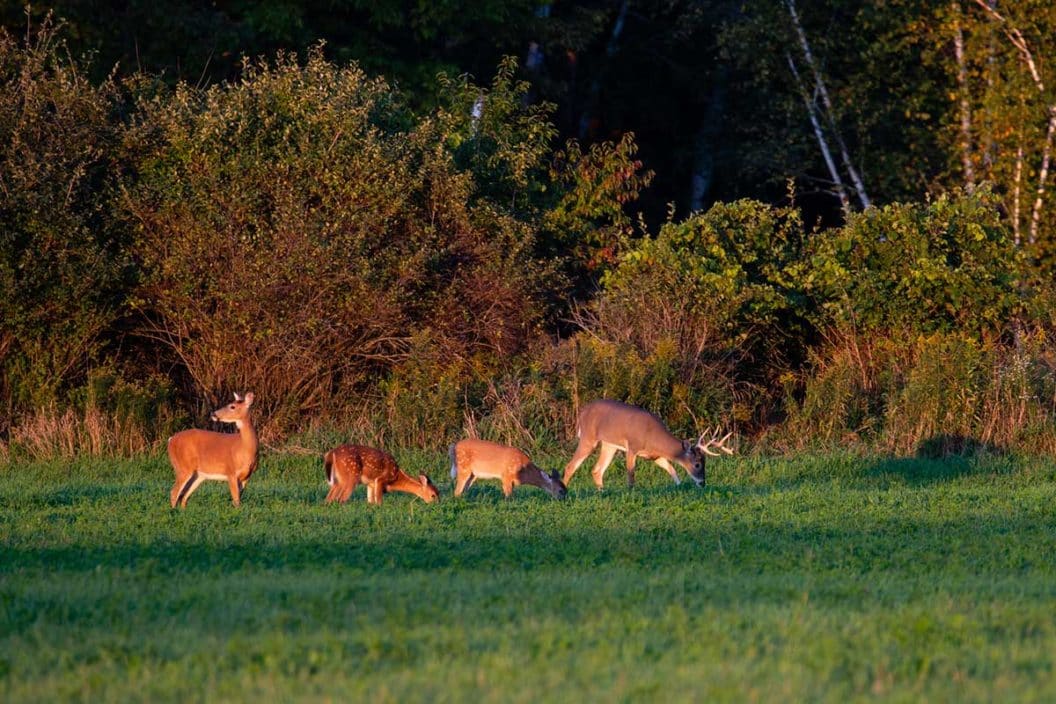
Creating food plots can be a great way to improve your hunting season. Afterall, having multiple food sources on your property is a terrific way to attract and hold deer, while also creating a honey hole for you to set up a treestand on.
If you’re new to establishing food plots, it can seem a bit overwhelming at first. A common question that I get asked a lot is when the best time is to start planting. While this can vary based on the region that you’re in, there are some universal strategies regardless of where you are located.
Frost Seeding
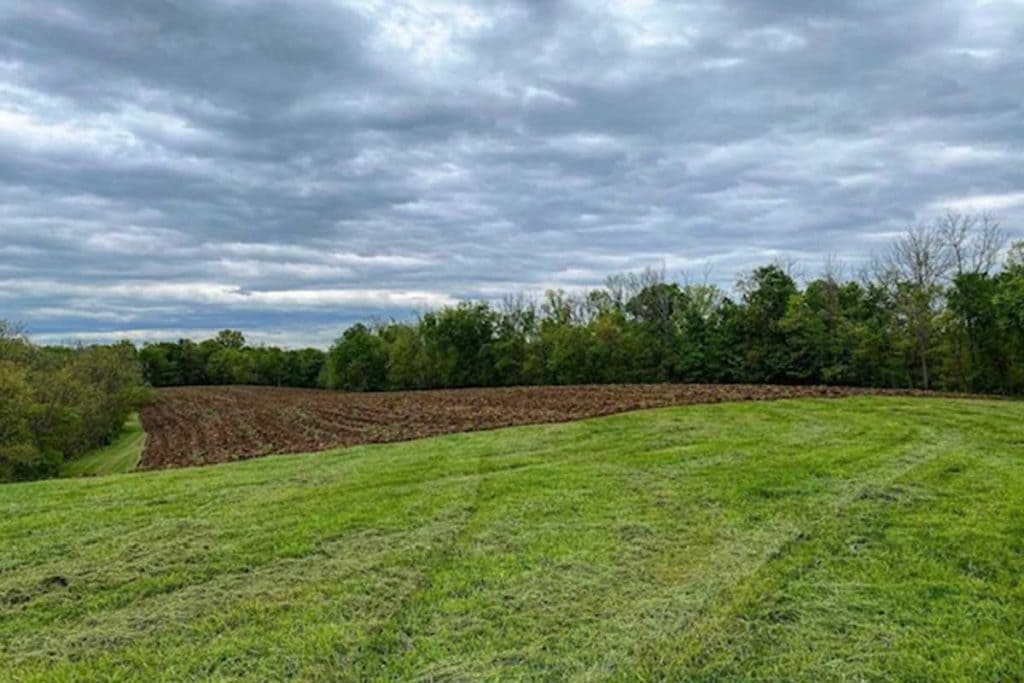
Dylan Hayward
Frost seeding can be an extremely effective option that requires little work and is budget friendly. I always try to implement some frost seeding on each of my farms, because I always seem to have success with it. As an added bonus, it gets me out onto my properties in the later winter when hunting season is over for a little recon.
Ideally, you want to wait until the very end of winter, when the soil is going through a “freeze-thaw” cycle. In the mornings during this period the ground is frozen, and as temperatures warm up during the day, the soil thaws out. This creates cracks in the soil which allow seeds to fall down into the ground and germinate in the spring when moisture is abundant.
For frost seeding, it’s best to use perennial seeds with high germination rates such as clover, chicory, and even alfalfa. I prefer to frost seed my smaller kill plots, but any bare ground that has adequate sunlight, drainage, and soil nutrients will work.
Spring Planting
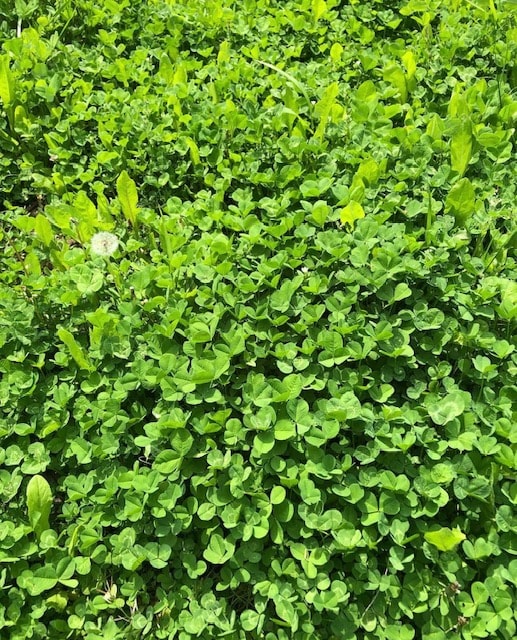
Dylan Hayward
Planting spring food plots is one of my favorite things to do. The bucks are just starting to grow back their antlers and the does are starting to give birth to fawns, so the entire deer herd is in need of protein-rich food. I’ve always stated that clover is the “king of spring” when it comes to food plots. The tonnage and nutrients that you get with clover, combined with how attractive it is for deer, is unmatched. I also try to work in chicory, alfalfa, and occasionally winter wheat to my spring plots.
In my area of the Midwest, spring planting seems to be most effective in late April to early May. The sun is shining, soil temperature is ideal and weekly rains are consistent, giving your food plot a great growth boost. Always make sure to check your local weather forecast to get planting in right before a solid rain. I can’t tell you how many times I’ve been too eager to broadcast seeds and weeks go by without a rain, and the results are dismal.
Fall Planting
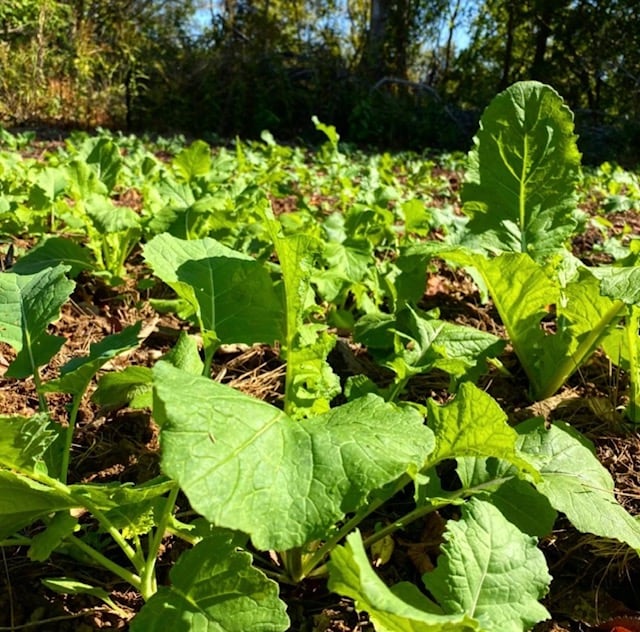
Dylan Hayward
Fall planting is crucial. Ideally, it would be great for a shooter buck to walk out on Opening Day before sunset and for you to punch your tag, but it almost never works out that way. Oftentimes you have to put heavy hours in the treestand in order to get that trophy buck that you’re after. For this reason, all of my fall plantings focus on late season strategies.
For late season food plots, it’s important that you pick varieties that are extremely cold tolerant. Go with plantings that will withstand the colder months such as December and January so that your deer have a primary food source after the rut. Late season hunting can be extremely effective, but without a food source, you’re better off breaking out the ice fishing equipment.
My go-to fall planting is a mixture of brassicas such as turnips and radishes, with a grain variety like soybeans and winter peas. This works like a magnet to deer as they are seeking out carbohydrates and protein to replenish themselves after an exhausting rut, as well as warming themselves up during the cold weather.
I generally plant my fall food plots at the very end of August and the early part of September. By this point, rains are starting to become more consistent, and this gives plenty of time for my brassicas to mature before the first frost.
Always make sure to get a soil test done for your food plots to see what your soil may be lacking. This is especially true for food plots that have brassicas and soybeans in them, as they typically need a good amount of nitrogen to grow, and studies show that it also helps with palatability for the deer.
READ MORE: ATV FOOD PLOT EQUIPMENT: YOU DON’T NEED A TRACTOR TO DO IT RIGHT
The post When to Plant Food Plots for Deer Hunting and See the Best Success appeared first on Wide Open Spaces.

